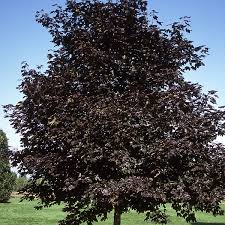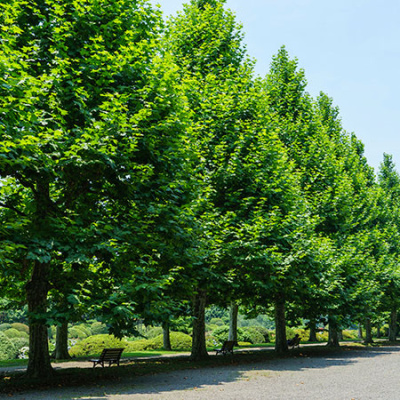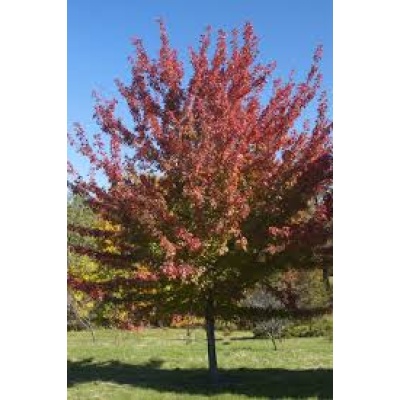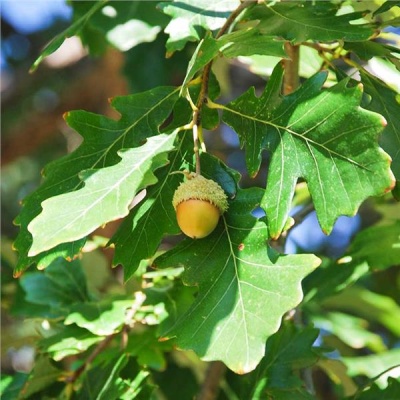Description
 Acer platanoides ‘Royal Red’
Acer platanoides ‘Royal Red’
Royal Red Maple
The Royal Red Maple tree is the classic purple-leafed maple tree. It keeps its brilliant crimson color all summer long. It’s a slow growing shade tree, but has a dense, broad oval form. This maple tree is extremely hardy. This maple tree does need well-drained soil. One of the more popular Norway maple tree types. Mature size is around 30-40′ tall x 35′ wide. Hardiness zone 4. This tree attracts game birds, squirrels, chipmunks, beaver, deer, and bears.
Attributes: Good Street Tree
Exposure: Full Sun
Foliage Color: Purple
Fall Foliage Color: Purple
Flower Characteristics: Yellow
Season of Interest (Flowering): Early Spring
Season of Interest (Foliage): Fall, Summer
Habit: Rounded
Growth Rate: Moderate
Fruit: Insignificant
Soil Moisture: Adaptable to Various Soils



Reviews
There are no reviews yet.